Computer Vision is a branch of Artificial Intelligence that enables machines to interpret images and video with greater accuracy than humans. Powered by deep learning models, these systems can identify objects, detect errors, and make real-time decisions.
According to Google Cloud Vision (2025), *this technology already achieves 95% accuracy in visual inspection, compared to the human eye’s 80% average. *That means fewer errors, greater consistency, and faster decisions.
Why Implement Computer Vision in Business?
Implementing Computer Vision isn’t just about adding smart cameras—it’s about integrating a system that analyzes, learns, and acts continuously.
Error Reduction and Quality Control
McKinsey Digital Manufacturing (2024) reports that companies using visual AI reduce quality control errors by up to 80%.
In industries where defects and failures come with high costs, this translates into millions in annual savings. Current models can also detect minute variations that the human eye may miss.
Time and Resource Optimization
Visual automation speeds up operational processes. A manual inspection that takes hours can now be completed in minutes. According to IBM Think (2025), companies using Computer Vision reduce inspection time by up to 25% and improve overall efficiency by 40%. This frees up human talent for higher-value tasks like analysis, strategy, or innovation..
Get a Free Demo of Computer Vision!
At Crombie, we implement Computer Vision systems that deliver measurable results in under 30 days.
Visual AI Use Cases: From Factory to Point of Sale
Computer Vision has applications across nearly every industry. Each implementation improves a key area—whether in safety, productivity, or traceability.
Manufacturing: Automated Quality Control
AI-based systems analyze each part in real time, detecting microscopic defects, assembly errors, or misalignments invisible to the human eye. This ensures more stable processes and less waste.
Retail: Inventory and Shelf Optimization
Computer Vision-powered cameras monitor shelves and storage areas. The AI detects stockouts, misplaced items, and triggers automatic alerts.
Fintech: Identity Validation and Security
These systems can validate documents and identities within seconds. They compare faces, signatures, and visual data to prevent fraud—reducing risk and improving the onboarding experience.
Logistics and Transportation
AI also enables real-time shipment tracking and access control. This technology detects anomalies, measures flows, and anticipates incidents.
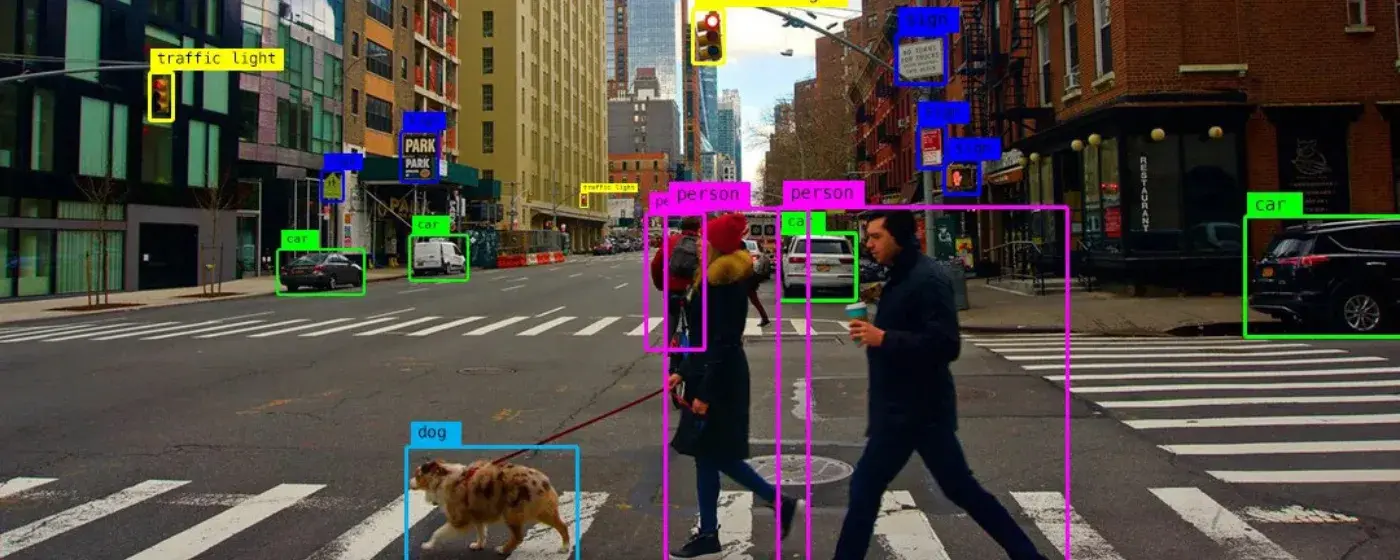
The Present and Future of Visual AI
The biggest shift is not technological, but cultural. Computer Vision is redefining how companies understand control and supervision.
In the past, information arrived after the error. Now, AI detects and corrects in real time—transforming operations from reactive to proactive.
The latest systems run on edge computing—processing images directly on the device, without sending data to the cloud.
This lowers latency and enhances privacy, both critical for regulated industries. In fact, Gartner predicts that 50% of vision platforms will use this architecture by 2028.
The next step for AI is contextual understanding. It won’t just see, it will understand—combining vision, text, sound, and sensors to anticipate complex patterns.
Upcoming AI Capabilities:
- Quality control using sound and vibration interpretation
- Predictive maintenance using visual and acoustic data
- Context-aware safety monitoring
Rapidly Deployable Artificial Intelligence
Adopting Computer Vision doesn’t require massive infrastructure. T*oday’s solutions are modular, scalable, and can be implemented in under 30 days.*
They also integrate with existing systems (ERP, CRM, BI), enabling results to be measured from day one.
Companies that act now gain three major competitive advantages:
- *Sustained accuracy*: 95% vs. 80% human
- *Operational efficiency*: up to 40% improvement
- *Visual scalability*: continuous analysis beyond human limits
Despite its clear benefits, it’s important to note that Computer Vision doesn’t replace people—it enhances them. It transforms observation into action and visual data into business decisions.
Organizations that adopt it won’t just see more. They’ll understand faster, act better, and compete from a new frontier: visual intelligence.
Get a Free Demo of Computer Vision!
At Crombie, we implement Computer Vision systems that deliver measurable results in under 30 days.




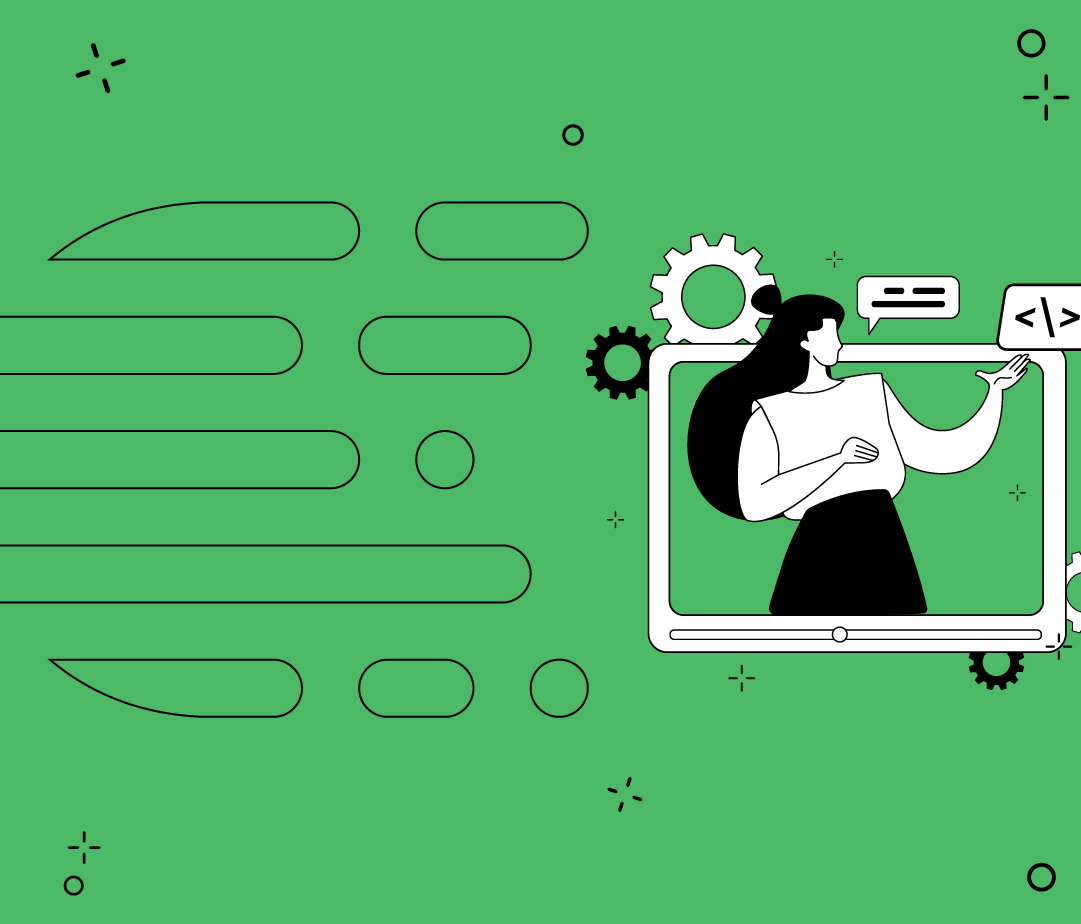
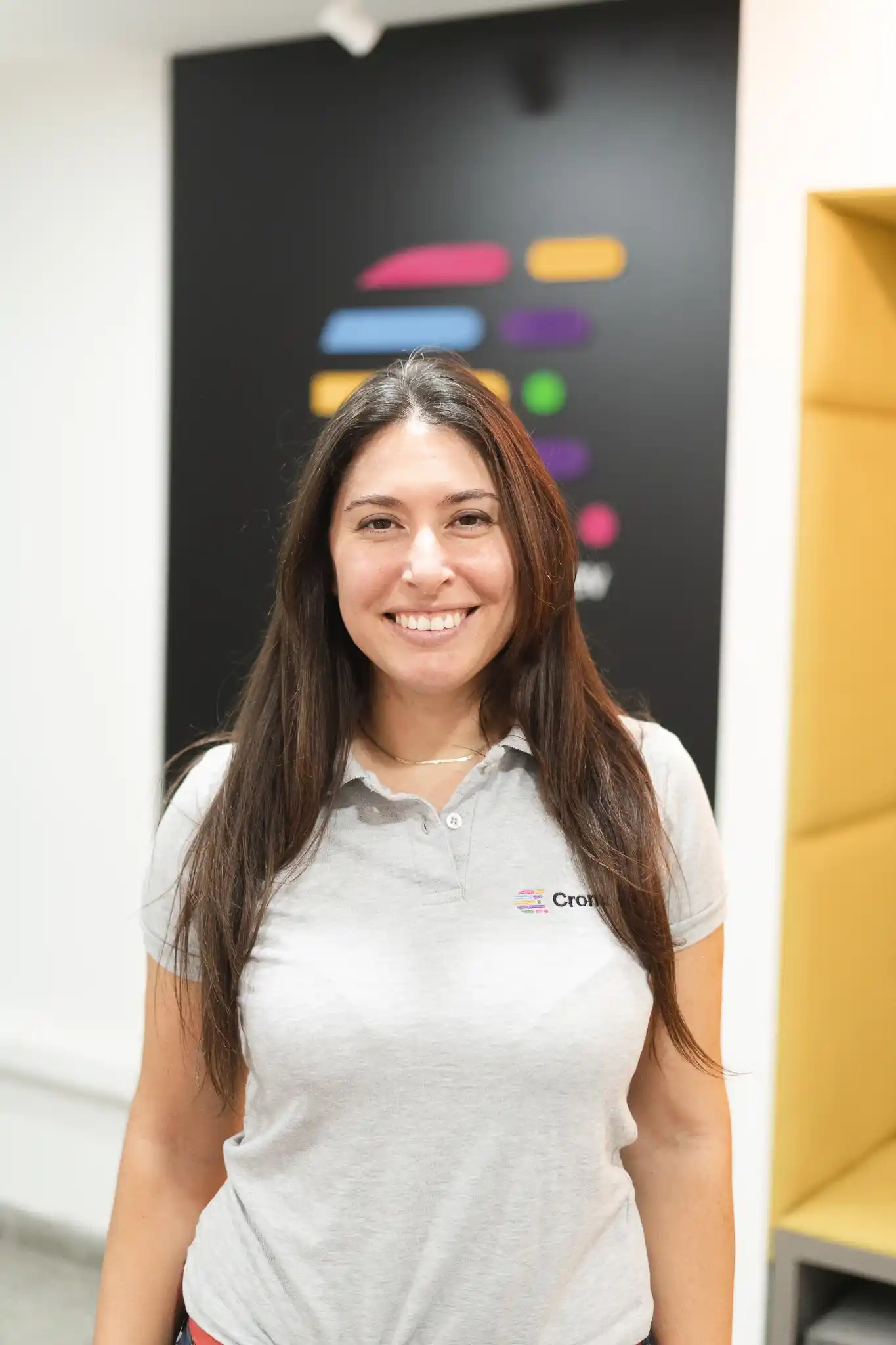
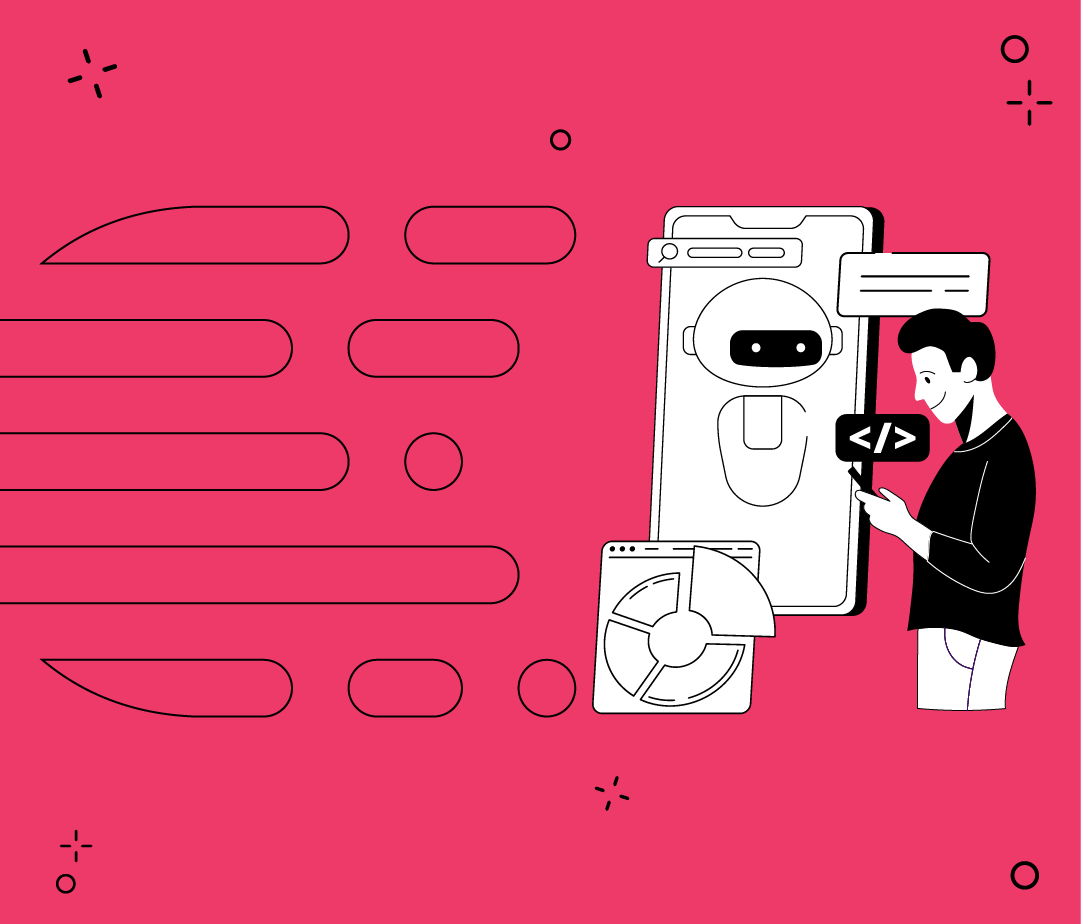
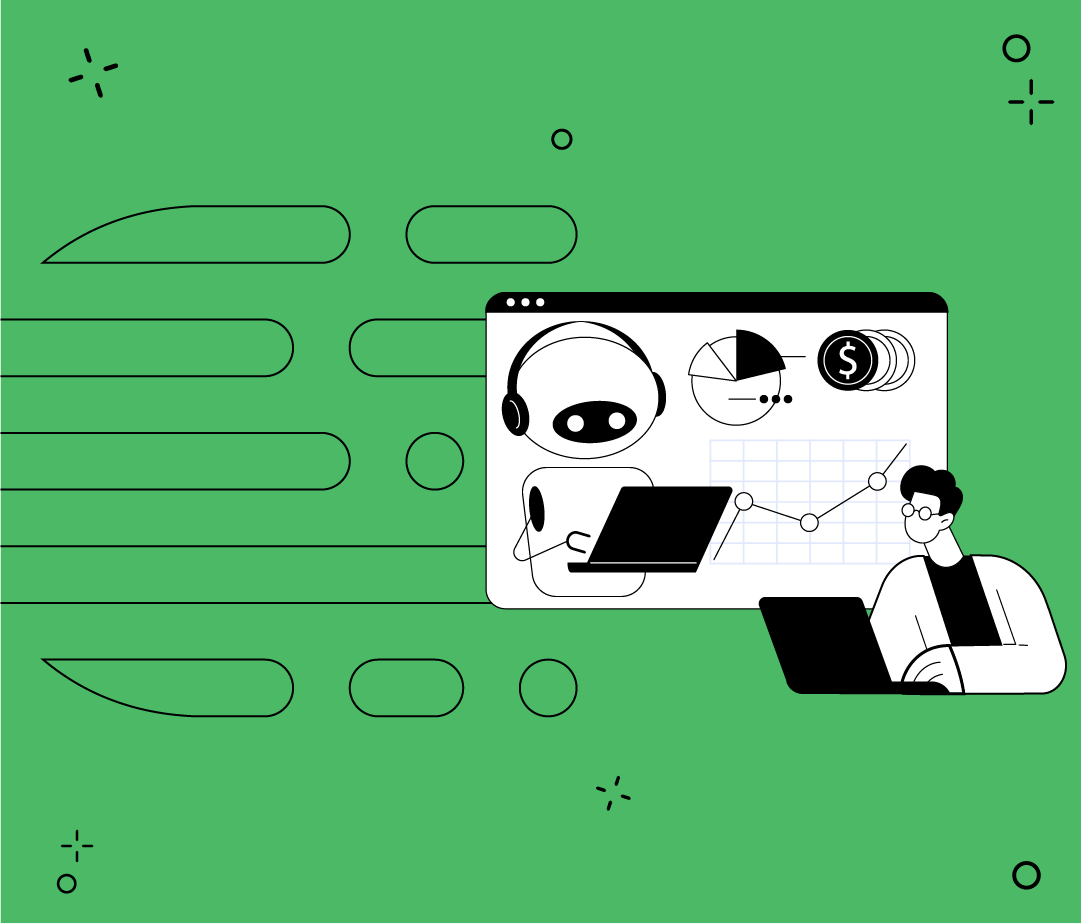
0 comments
·
4 min Read